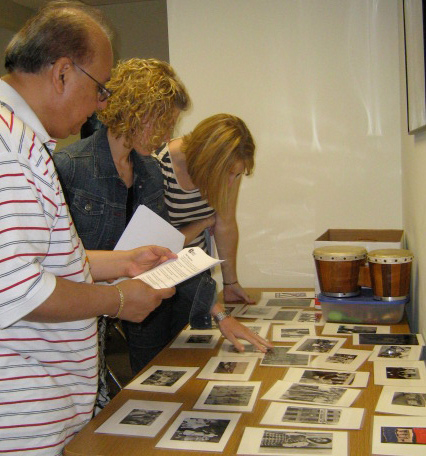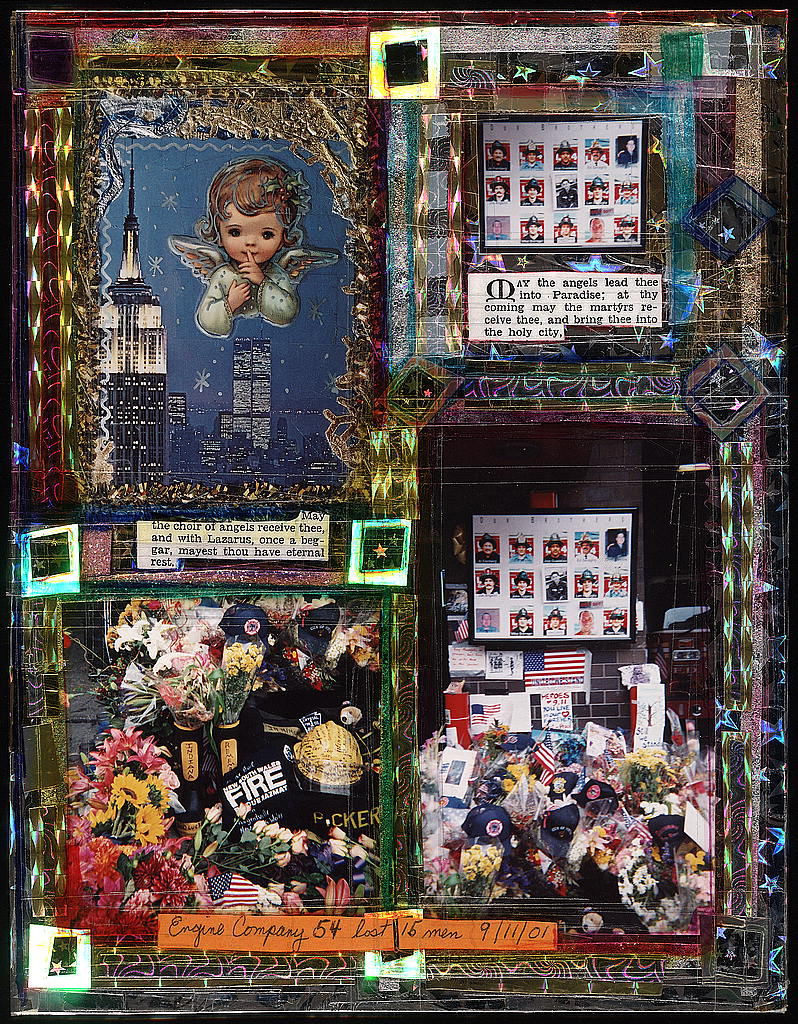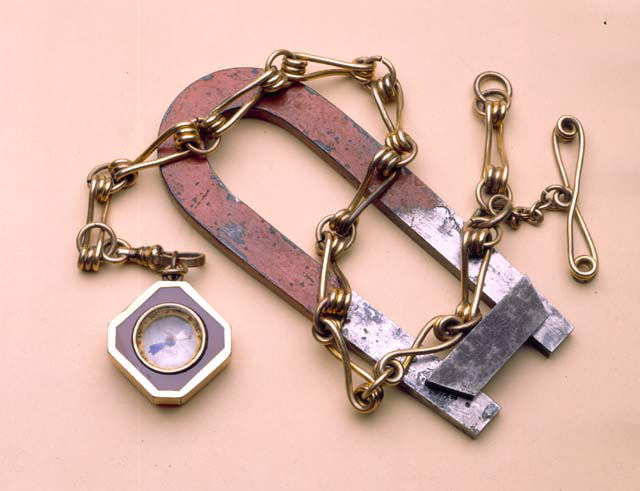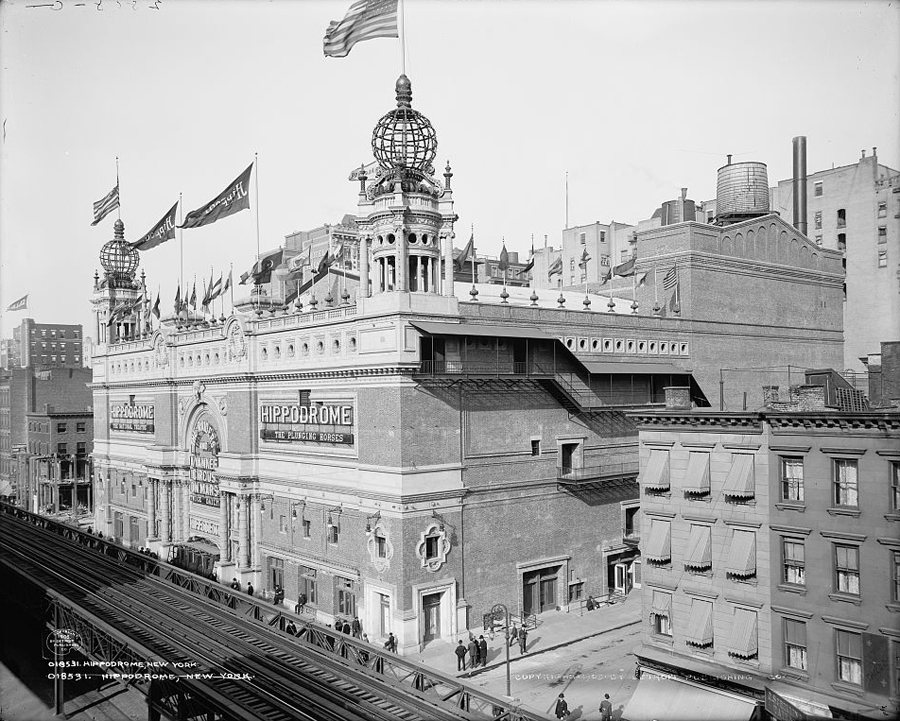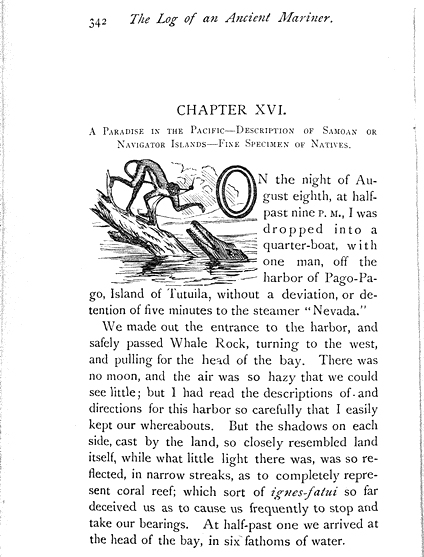Analyzing Primary Sources: Image Sequencing Activities
Image sequencing activities help students better understand written or spoken texts. Image sequencing requires groups of students to review an image set and match individual images with designated lines of text, discussing and justifying their choices. These activities give students great practice in the skills emphasized by the Common Core State Standards, particularly the CCSS standards…

